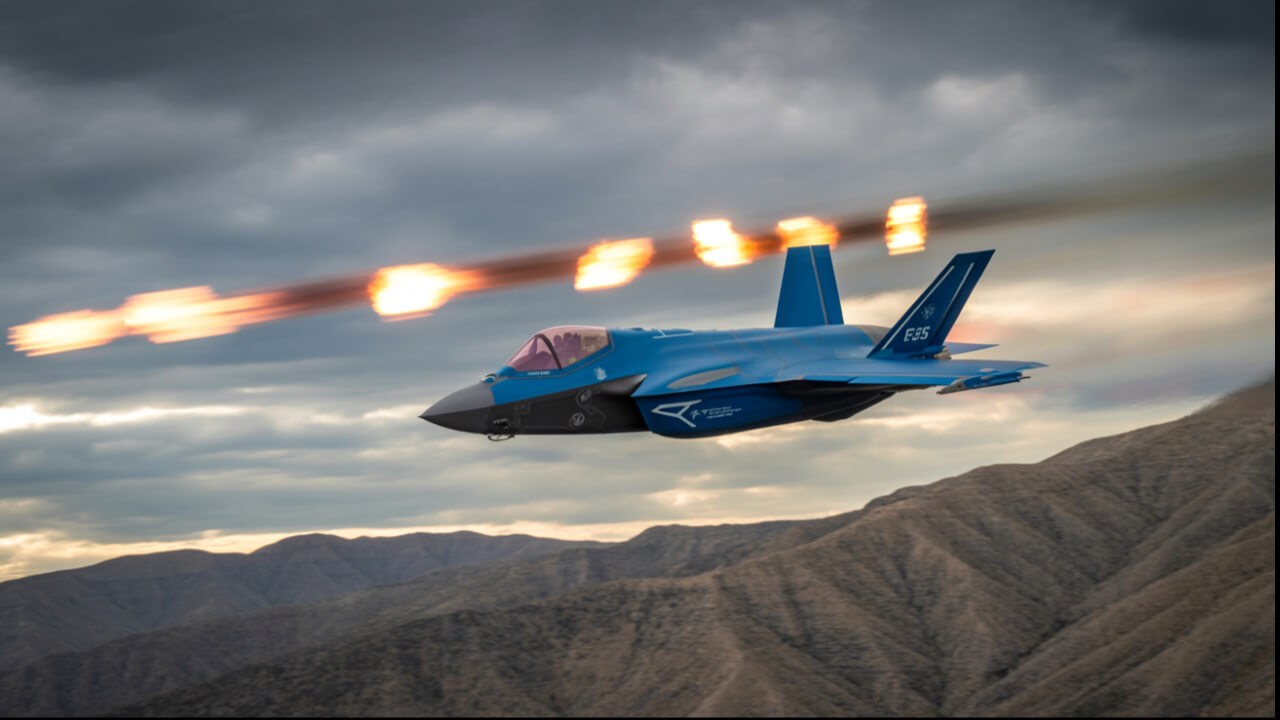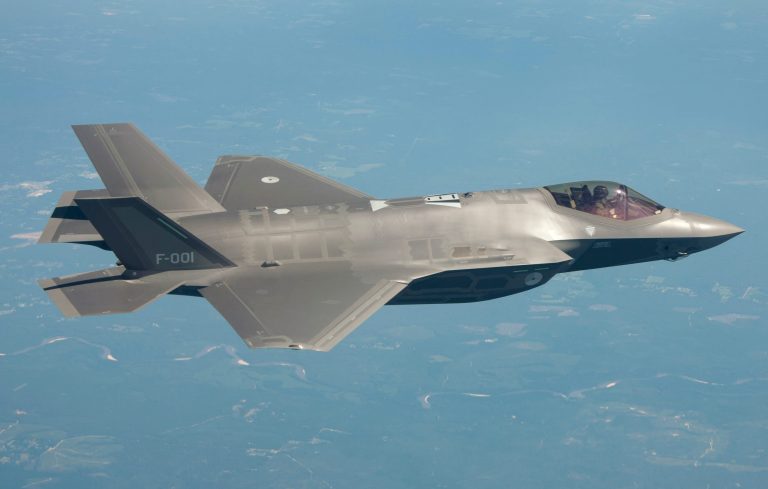The recent event of an F-35B Lightning II taking off from an Indian airport marked a significant moment in India’s evolving engagement with cutting-edge global airpower. The short takeoff and vertical landing (STOVL) variant of the world’s most advanced fighter jet successfully operated from a foreign, non-U.S. airstrip — a rare occurrence that speaks volumes about both cooperation and capability.
This event was more than just a takeoff; it was a powerful symbol. But it also reignites an ongoing debate: Is the F-35 as reliable as it’s hyped to be?
A Troubled History: F-35’s Reliability Questioned
Despite being the most expensive and advanced jet ever developed, the F-35 program has been dogged by delays, cost overruns, and technical failures since its inception. The U.S. Government Accountability Office (GAO) and Pentagon reports have consistently pointed out issues related to software, spare parts shortages, and mission-capable rates.
Here are a few incidents that have raised eyebrows:
🔹 1. 2023: F-35B Disappears Mid-Flight
In a bizarre event in September 2023, an F-35B pilot ejected over South Carolina after what was described as a “mishap.” The jet went missing for over 24 hours, eventually crashing into a field. This raised serious questions about tracking, stealth protocols, and autopilot malfunctions.
🔹 2. Grounding Due to Ejection Seat Fault
In 2022, the Pentagon grounded hundreds of F-35s after discovering that their ejection seat cartridges had faulty explosive charges — meaning the seat might not fire during an emergency. Safety concerns halted operations across multiple countries.
🔹 3. Software Glitches in ALIS
The jet’s logistics system, ALIS (Autonomic Logistics Information System), which was designed to predict and manage maintenance, was so unreliable that the military started replacing it with a new system (ODIN). Faulty diagnostics meant jets were grounded even when there was no issue.
These incidents have led critics to question whether the F-35 is truly combat-ready or just an over-promised technological marvel.
So Why Is the F-35 Still Considered the Best?
Despite these setbacks, the F-35 remains the most sought-after 5th-generation stealth fighter in the world. Here’s why:
🔸 1. Unmatched Stealth
Its radar-evading design makes it nearly invisible to conventional radar systems, giving it first-strike advantage in contested airspace.
🔸 2. Advanced Sensor Fusion
The F-35 collects data from all directions and fuses it into a single screen, giving the pilot complete battlefield awareness — a feature unmatched by older jets.
🔸 3. Interoperability
Nations that operate the F-35 — including NATO allies, Japan, South Korea, and Australia — benefit from seamless data sharing during joint operations.
🔸 4. Versatility
The F-35A (Air Force variant), F-35B (Marine STOVL), and F-35C (Carrier-based Navy variant) offer flexibility across different military needs — making it one of the most adaptable fighters ever built.
🔸 5. Constant Upgrades
Unlike legacy aircraft, the F-35 is a software-defined jet. With each update, it evolves — from new weapons capabilities to improved AI decision support. The Block 4 upgrade underway promises even more stealth, targeting, and ECM (electronic countermeasures) abilities.
India and the F-35: What’s Next?
Although India is not a buyer of the F-35 (yet), the aircraft’s appearance and operation on Indian soil is a signal of growing strategic proximity with the U.S. and its allies. India’s interest in modern air power is rising, and while it focuses on jets like the Rafale and Tejas Mk2, the F-35’s fault presence was not a good reflection of technology.
The F-35 has its flaws — and critics — but it also has unmatched capabilities. Its challenges are real, but so is its dominance. It may crash, glitch, or get grounded occasionally, but when it flies — it flies above the rest.
Some countries may choose to steer clear of such advanced systems due to costs, complexity, or independence. But for others, the F-35 isn’t just a jet — it’s a strategic multiplier.







